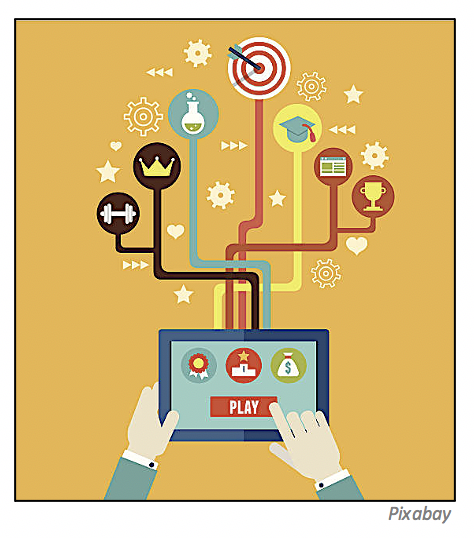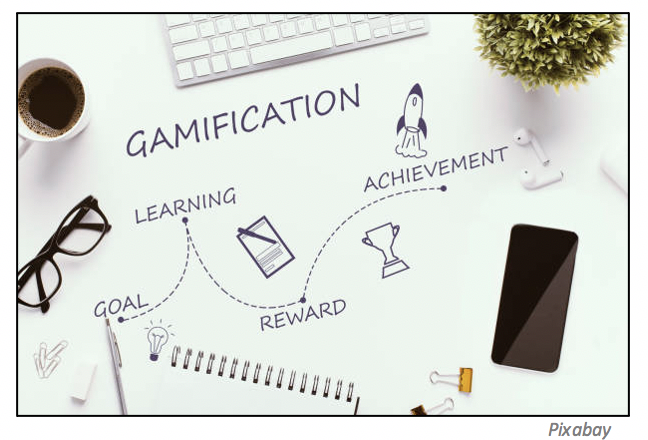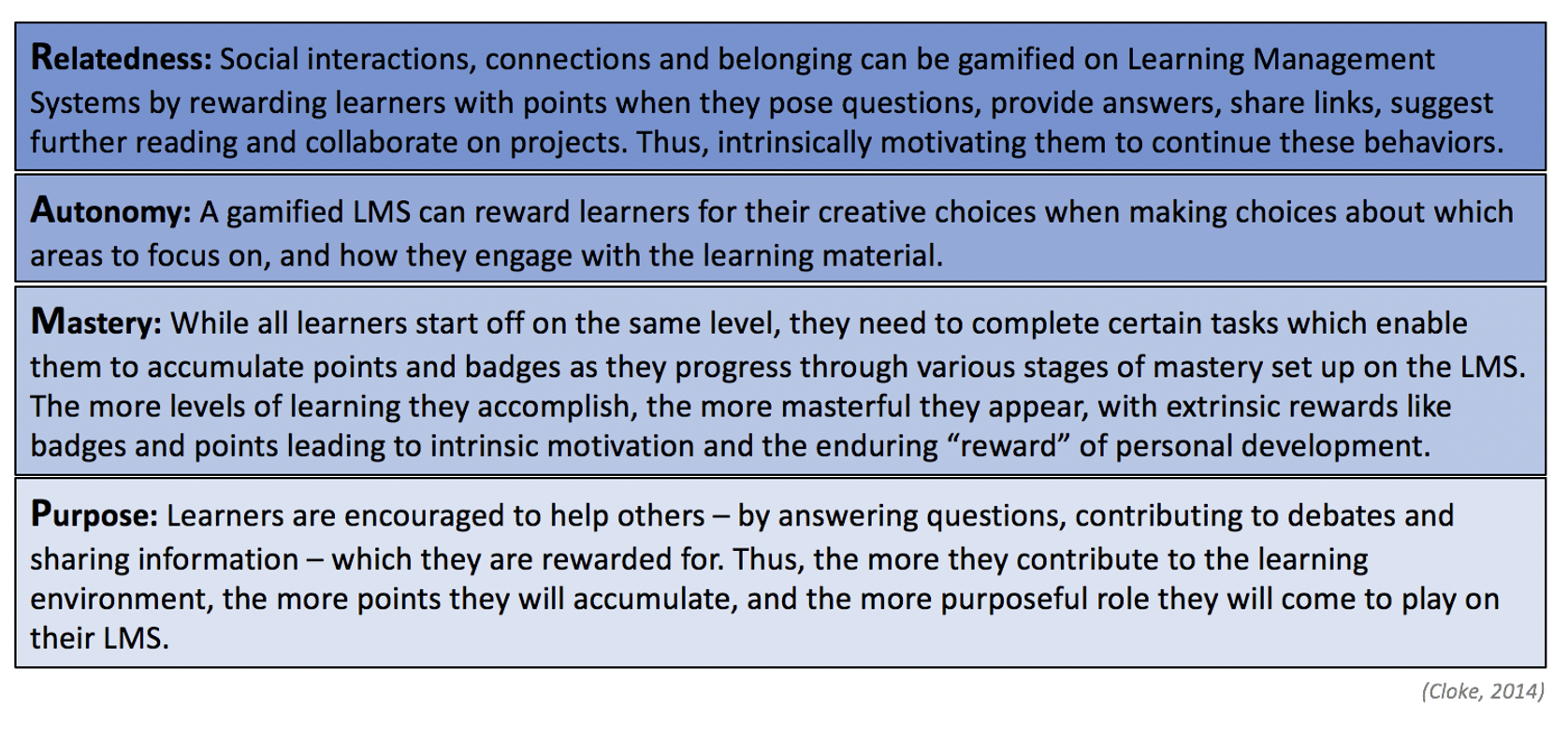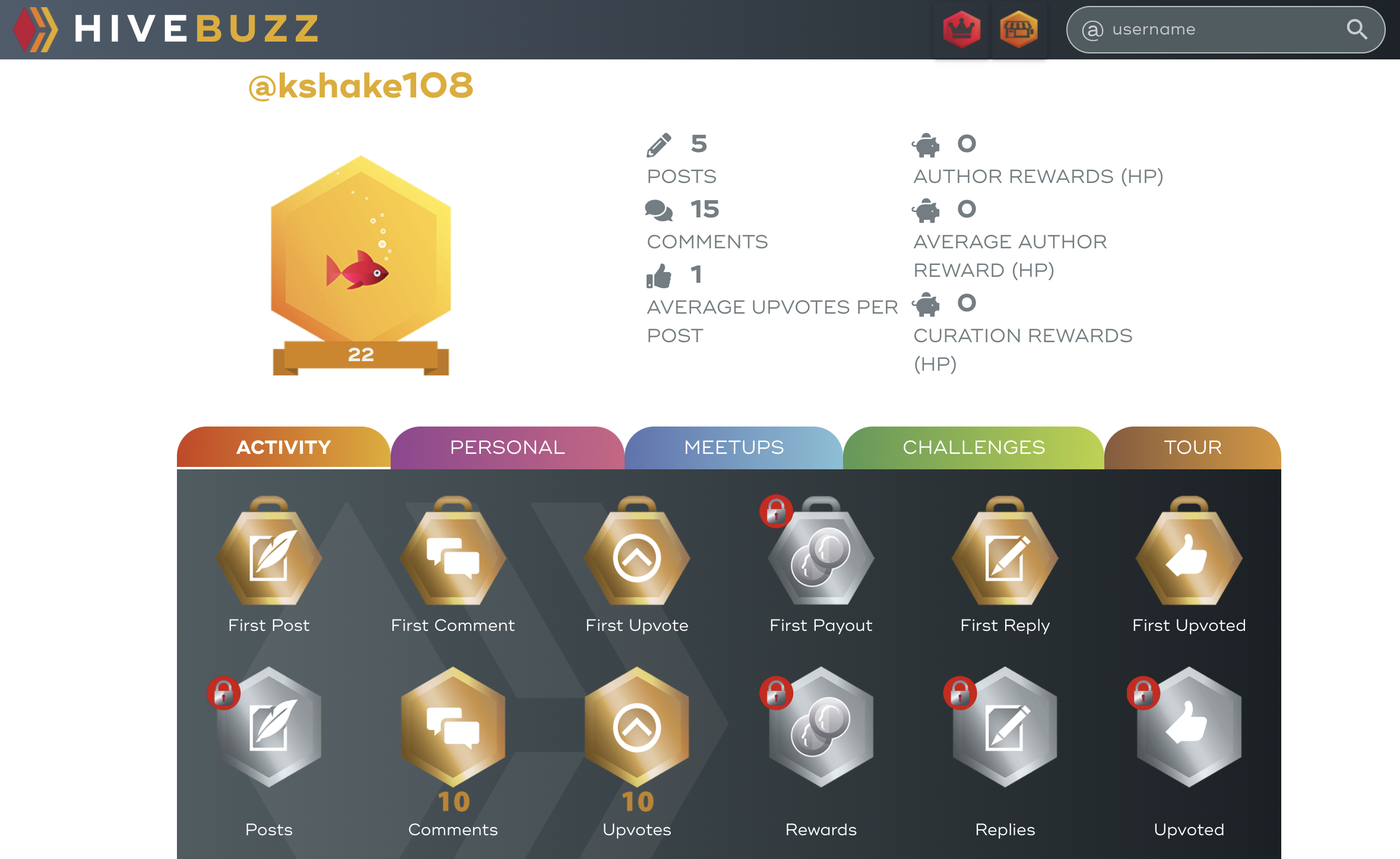
One way that I can see rewards systems being used to motivate and engage educators in my sphere of professional development/online learning is through gamification. But, before we can look at the role rewards systems can play in a particular educational scenario, we need to consider both intrinsic and extrinsic learning motivations. Accordingly, the following summarizes an eLearning Industry article, which explains some of the ways in which gamification can inspire both extrinsic and intrinsic motivation in students to support long-lasting engagement in the learning experience:
While extrinsic motivation involves doing something for external rewards, it is not the action or behavior itself that motivates these learners, it is the outcome (Cloke, 2014). Thus, these learners may not necessarily have any interest in learning new things, instead they are motivated by the promise of a reward at the end of the learning process (2014). Conversely, intrinsic motivation drives behaviors that result in internal rewards, like positive feelings of enjoyment and accomplishment, because it has a positive effect on the learner internally (2014). Therefore, when people are intrinsically motivated, they genuinely enjoy the process of learning for its own sake (2014).

In the world of education, teachers aim to get their students intrinsically motivated by rewarding them extrinsically with stickers, kudos, awards, candy, etc. (Cloke, 2014). This is where gamification comes in, using “badges, trophies, awards, levels, scores, points, missions, quizzes, leaderboards, ranking and rating… there is a cornucopia of extrinsically motivating rewards to be found on a gamified Learning Management System… and the evidence [indicates] that gamification engages learners and motivates them to push on in their learning and development” (2014).
Critics of gamification accuse it of only creating extrinsic motivation that focuses the learners on completing the task to gain the reward and suggests that as soon as the novelty wears off, so will student engagement and their understanding of the learning content (Cloke, 2014). However, proponents of gamification in education believe that it can actually help motivate learners intrinsically as well, thus securing long-term learner engagement (2014).

But, in order for gamification to truly motivate learners, it has to target intrinsically motivated behaviors (Cloke, 2014). For once intrinsic motivation and extrinsic rewards are linked, long-lasting learner engagement through gamification can take effect (2014). What is needed are gamified Learning Management Systems that can provide “meaningful feedback and reinforcement for learners… [that extend beyond] rewarding a learner with a badge for every little thing they do”, but instead rewarding them for “achieving specific goal-oriented learning objectives” that will boost their engagement and motivation (Cloke, 2014).
Consequently, Andrzej Marczewski came up with his RAMP theory, which explains that there are four key motivational drivers which should be used as foundation for all good gamified systems (Cloke, 2014):

For more detail on Andrzej Mrczewski’s RAMP Theory, you can access more information via his webpage below.
As to "linking" this topic to the Hive Buzz Activity panel and SpringRole Leaderboard panel in my Accounts, I find that my thoughts on this subject mirror many of those of my colleagues, as reflected in the following screenshots of my responses to their posts below:



Also included are screenshots of my leaderboards, as they currently stand:


References
Cloke, H. (2014, November 1). Gamification: Intrinsic Motivation for Lasting Engagement. eLearning Industry. https://elearningindustry.com/gamification-intrinsic-motivation-lasting-engagement
Mrczewski, A. (n.d.) The Intrinsic Motivation Ramp. Gamified UK. https://www.gamified.uk/gamification-framework/the-intrinsic-motivation-ramp/#.VEpyYRaypTs
Lots of great points here. I also wonder about the consistency of extrinsic rewards like badges and leaderboards. Will students eventually get bored if they are always at the top or always at the bottom? How do we measure the effectiveness over time?
I love how much you delved into intrinsic and extrinsic motivation. Very interesting to read about how rewards can be effective if they are then linked to internal motivation or achievement of goals. This is certainly something I have seen evidence of in my own classroom.